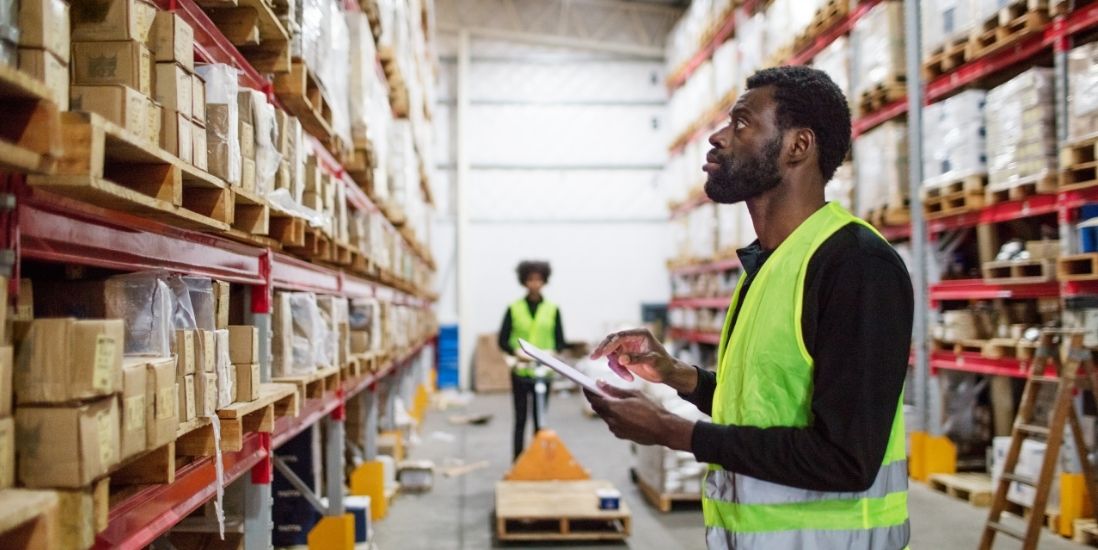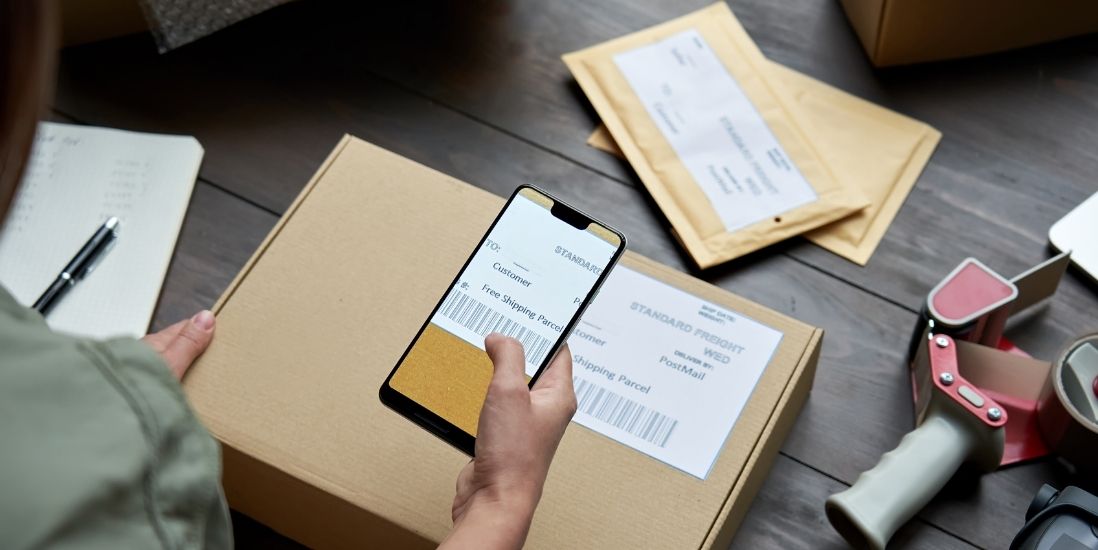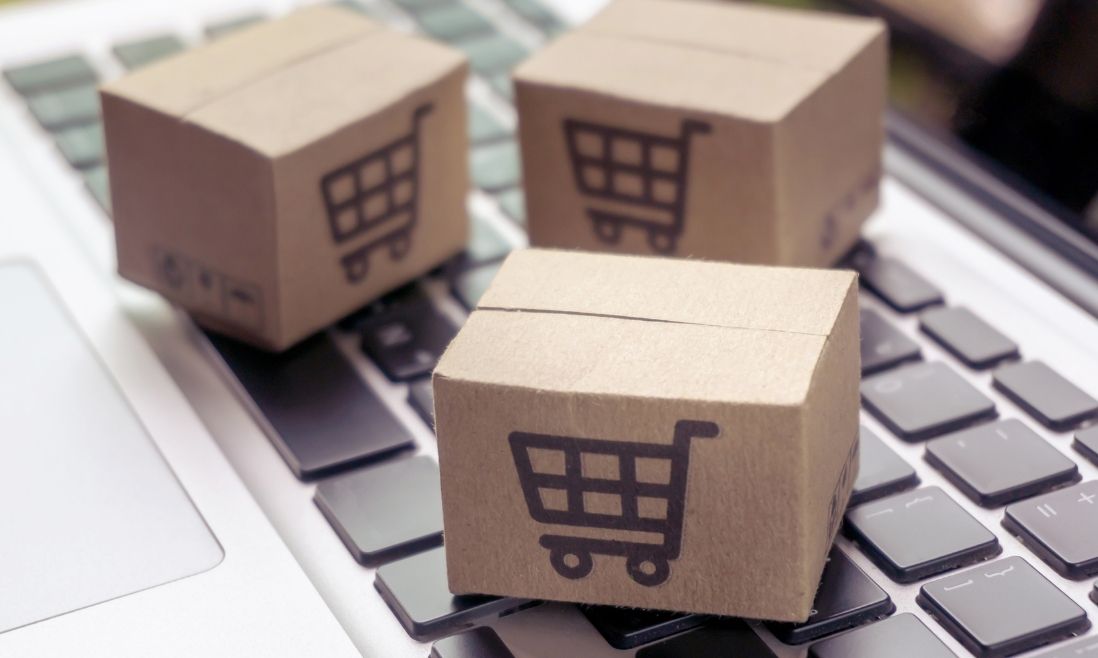Online business has transformed how suppliers operate, removing many traditional brick-and-mortar limits. Diverse customers attract new sellers with the promise of a more flexible and accessible road to entrepreneurship within the enormous universe of internet-based companies.
Among the many possible decisions, e-commerce and dropshipping have seen considerable global expansion in recent years, owing to their approachable formats. However, the operation and management of these two approaches differ greatly.
Is e-commerce the better option as compared to dropshipping? In this article, we go over the differences between both of these models, providing an extensive summary that can help you make an informed decision.
Contents
E-commerce Overview

Building a successful e-commerce business starts with a strong foundation. In this section, we’ll explore the essential information for e-commerce success, from choosing the right platform to managing orders and finances effectively.
1. E-commerce Definition
E-commerce, short for electronic commerce, encompasses the entire spectrum of online buying and selling. It includes various business models like B2B, B2C, and C2C transactions. In e-commerce, businesses control inventory, manage storage, and handle order fulfillment.
This often involves custom websites, payment gateways, and digital marketing strategies. E-commerce ranges from small online boutiques to large marketplaces, serving as a vital part of the global economy, providing convenience and a wide array of products and services to consumers worldwide.

2. Pros of E-commerce:
- Brand Control: E-commerce allows you to maintain complete control over your brand, from website design to the customer experience. This level of control fosters brand consistency and customer trust.
- Customization: E-commerce platforms offer extensive customization options, allowing you to tailor the online shopping experience to match your brand’s identity and meet the specific needs of your customers.
- Global Reach: With an online presence, you can reach a global customer base, expanding your market beyond geographical boundaries.
- Diverse Revenue Streams: E-commerce businesses can diversify their revenue streams by selling a wide range of products and services, reaching various customer segments.
3. Cons of E-commerce:

- Stock Management: Managing inventory can be complex and capital-intensive, especially for businesses with a wide product range. Overstocking or understocking can lead to financial challenges.
- Initial Setup Costs: The upfront expenses for website development, payment processing systems, and marketing can be significant, making it challenging for startups with limited resources.
- Competition: The e-commerce landscape is highly competitive, making it essential to invest in marketing and differentiation strategies to stand out in the market.
- Security Concerns: E-commerce businesses must address cybersecurity challenges, including data breaches and fraud prevention, to protect sensitive customer information.
Dropshipping Overview
For those intrigued by the concept of dropshipping, this section offers a comprehensive introduction. Dive into the dropshipping fulfillment process, understanding how it operates seamlessly without inventory handling. Explore the variety of products ideally suited for this model and discover why dropshipping appeals to countless entrepreneurs seeking a low-risk, high-reward approach to online retail.
1. Dropshipping Definition

Dropshipping represents a unique and efficient retail fulfillment model. In this approach, businesses collaborate with suppliers who handle product shipping directly to customers.
This strategy liberates businesses from inventory management and shipping logistics, allowing them to expand their product range and adapt swiftly to market trends.
Understanding this dynamic relationship between merchants and suppliers is essential for success in the ever-evolving digital business landscape.
2. Pros of Dropshipping:

- Minimal Upfront Investment: Dropshipping minimizes the need for substantial initial capital. Entrepreneurs can start without the financial burden of purchasing and storing inventory. This makes it an attractive option for those with limited funds.
- Reduced Inventory Risks: One of the primary benefits of dropshipping is the removal of inventory management from your list of responsibilities. You won’t need to worry about stocking and storing products, which reduces associated costs and operational complexities.
- Product Range Flexibility: Dropshipping allows for a versatile product range. You can quickly adapt to market trends and consumer preferences by adding or removing products from your offerings. This adaptability is a significant advantage in the ever-changing world of e-commerce.
- Market Accessibility: With dropshipping, you can tap into a global market. You can sell to customers all over the world, expanding your customer base beyond geographical boundaries.
3. Cons of Dropshipping:

- Limited Control Over Inventory and Product Quality: With no direct control over inventory, you might face issues related to product availability and quality. Inconsistent product quality can affect the customer experience, and items being out of stock can result in lost sales.
- Increased Competition: The dropshipping landscape is highly competitive, with low barriers to entry. Many businesses opt for this model, intensifying the competition. To succeed, you must invest in strategic marketing and branding to stand out.
- Potential for Lower Profit Margins: Dropshipping often involves slimmer profit margins compared to models with direct control over pricing and inventory. Additionally, supplier fees and marketing expenses can eat into your earnings. Effective cost management and pricing strategies are crucial to maintaining profitability.
- Customer Service Challenges: Effective customer service is challenging, as you may have limited control over shipping times and product availability. Customer inquiries and complaints require efficient handling to maintain a positive reputation.
E-commerce vs. Dropshipping: Complete Breakdown
When diving into the world of online retail, the choice between traditional e-commerce and the innovative approach of dropshipping presents a fundamental decision for aspiring entrepreneurs and established businesses alike.
To make an informed choice, it’s crucial to weigh the key aspects of both models and align them with your unique goals and circumstances.
1. Stock Management:
- E-commerce: In e-commerce, businesses maintain control over their inventory. They manage the procurement, storage, and tracking of products. This model demands significant storage infrastructure.
- Dropshipping: Dropshipping liberates retailers from the burden of inventory management. Suppliers maintain and ship products directly to customers, reducing warehousing and stockholding responsibilities.
2. Order Fulfillment:
- E-commerce: E-commerce businesses are responsible for order processing, packing, and shipping. This provides control but also entails logistical challenges.
- Dropshipping: Dropshippers entrust order fulfillment to their suppliers, offering a hands-off approach. Suppliers handle the entire process, ensuring products reach customers efficiently.
3. Costs:
- E-commerce: E-commerce entails upfront investments, including inventory procurement, storage, and operational costs.
- Dropshipping: Dropshipping minimizes initial expenses as it eliminates the need to purchase or store inventory. However, marketing and supplier fees are common costs.
4. Profit Potential:
- E-commerce: E-commerce allows for greater profit margins, as businesses have control over pricing and can capitalize on bulk purchasing.
- Dropshipping: Dropshipping may yield lower profit margins due to increased competition and product pricing constraints set by suppliers.
E-commerce vs. Dropshipping: Which One Is Right for You?
When it comes to online retail, the decision between traditional e-commerce and innovative dropshipping is critical, depending on your objectives, resources, and preferences.
E-commerce, as the more traditional path, provides full control over your inventory, storage, and order fulfillment process, but it grants greater control and branding opportunities. This is ideal for those with a clear product vision and a willingness to manage inventory and shipping.
Dropshipping offers a more flexible route to enter the online market and requires minimal upfront investment since suppliers handle product storage and shipping with low financial risk and a diverse product range. However, it may entail lower profit margins and less control over product availability.
Ultimately, the decision between e-commerce and dropshipping comes down to your personal business goals and risk tolerance. Evaluating your assets, long-term plan, and responsible ability to market volatility will assist you in determining which path is ideal for entrepreneurship.
Final Thoughts

Dropshipping and e-commerce are two unique paths to success in the online business world. Choosing amongst them is a critical decision because each has its own set of benefits and drawbacks.
E-commerce promises significant revenues, but it necessitates excellent stock management and competitive management. Dropshipping, on the other hand, eliminates the requirement for an initial investment but may result in control constraints and potentially lower revenue.
To prosper in either model, thorough research and careful planning are essential. Scaling your business requires dedication and effort. Your success ultimately hinges on your unique goals and available resources.
Read More:
Comparing Top 5 Ecommerce Platforms For Dropshipping. The Best Is?

